The Keras layer documentation specifies the input and output sizes for convolutional layers: https://keras.io/layers/convolutional/
Input shape: (samples, channels, rows, cols)
Output shape: (samples, filters, new_rows, new_cols)
And the kernel size is a spatial parameter, i.e. detemines only width and height.
So an input with c channels will yield an output with filters channels regardless of the value of c. It must therefore apply 2D convolution with a spatial height x width filter and then aggregate the results somehow for each learned filter.
What is this aggregation operator? is it a summation across channels? can I control it? I couldn't find any information on the Keras documentation.
- Note that in TensorFlow the filters are specified in the depth channel as well: https://www.tensorflow.org/api_guides/python/nn#Convolution, So the depth operation is clear.
Thanks.



